Baseball Infield
Drills
For Every Age
In all my years of coaching little league, baseball infield drills were my favorite time of practice. I think maybe they were my favorite because when run correctly, these drills were fun and action packed.
Or maybe it was because as a kid I always wanted to play shortstop, but instead wound up in the outfield.
Even with t-ball players it was fun to teach them to squat down and pick up slow rollers. The steps were bending over, scooping up the ball and making an accurate throw to first.
No, that did not happen often. But the few times that it did sure was rewarding for the old coach.
Baseball infield Drills for 7 year old and
Younger
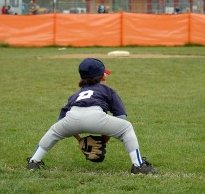
Baseball infield drills progress as the kids move up in age. Probably all the ages up to and including seven years old you should just work on stopping ground balls and making good throws to first.
The main emphasis of fielding at these ages should be teaching them to get in front of the ground ball, squat down, get their glove to the ground, and use two hands to catch the ball.
At six or seven years old you might introduce to them what a force out is. But unless they have been playing baseball in the backyard, it is probably not going to stick.
Since most practice time for these young ages is spent on learning how to hit, there won’t be enough time to teach them many rules.
What time you do have for baseball infield drills at six and seven, just line them up at shortstop and put a coach or dad at first.
You might break your team into two groups. One is off to the side hitting off a tee, and the other half is taking infield practice. Switch after the time is half done.
Baseball infield Drills for 8 and 9 Year Old
This is the age to teach and work with players on force outs rules. Plan enough time each practice at the start of the season so everyone learns these rules.
There is nothing more frustrating than seeing a fielder catch a ground ball or fly ball and not know what to do with it. It may be cute at 5, but embarrassing at 9.
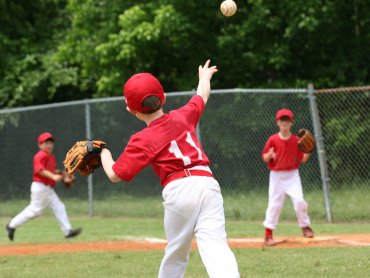
Run the drills at this age with players at every infield position. Work a little on turning a double play, if your group is ready for that. You be the judge.
Once the season starts and everyone understands the force out rule, then start using ghost runners. Tell the fielders what bases have runners.
Then randomly hit ground balls to them. Watch and see if they do the force out vs. tagging a ghost runner correctly.
Baseball infield Drills for 10 and 11 year old
This is the age when baseball infield drills start becoming real fun. Now start adding live runners, with helmets on, into the infield drills.
After the infielders warm up throwing the baseball around the horn, hit them ground balls and have them throw to first. But when you hit the ground balls also have a runner start from home and run to first.
This competition will perk things up.
Make sure the runner is not leaving too soon. And if the runner is winning every time, then move the runners further away from first.
You want the infield to get some confidence with an out every once in a while.
Baseball infield Drills for 12 year old and
Up
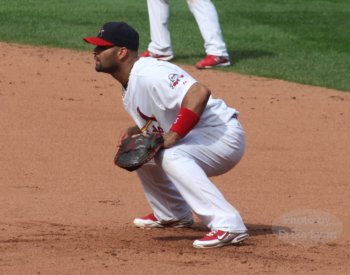
Twelve years old can be doing the same drills as eighteen year old. It is just that the eighteen years old will have more skill.
You will know when your infielders are ready for backhand smashes and hits deep in the hole. Teach them to set their feet and make balanced throws whenever possible.
Besides working on the situational drills with real runners, you should be working on things like bunt coverage and pitchers covering first base.
Every team should also have a plan when there is a runner on first and third. The runner on first takes off to steal second, and at the same time the runner on third is sneaking down the line, waiting for the throw to second to be made so he can dash home.
Lots of teams have
the catcher fake throw to second and try to nail the runner sliding back into
third.
And many have the catcher throw to the pitcher, or the shortstop running in. There are many ways to attack this move; pick one or two and get them down pat.
Another big part of infield play is receiving the relay throws from the outfield and throwing on to third or home. These drills are covered under the outfield drills pages.
Rotate Your Players to Different
Positions
When your players are young move them around to different positions. I know that might hurt your win / loss record, but up until players are around 14 they shouldn’t be pigeon-holed at one position.
Some players might leave your team because they are stuck in right field, and I don’t blame them. If nothing else, at least try everyone when running baseball infield drills. You might find a shortstop you didn’t know about.
Kids grow and mature at different ages. Many times I’ve seen the star of a 9 year old team be the worst player by the time the team is 15.
You might have to work a little harder with some kids, but your time could really payoff for the team down the road. Don’t give up on a 9 or 10 year old.
Practice hard and good luck.
Here is a listing of the drills under the Team Drills Section:
Team Drills:
- Game like Practice
- Team Workup Drill
- Relay Throws
- Team Throwing Drills
- The Workup Defensive Drills
- Fielder’s Communication Drill
- Indoor Baseball Drills
- Game of Pepper and Game of 2 Ball Toss
- Game of Flip and Game of 500
- The Doubles Game
Infield Drills:
- Infield Instruction
- Live Infield Action – My Favorite Infield Drill
- Teach Fielding Groundballs the Right Way
- Infield Throwing and Double Play Drills
- The Hot Box Drill
- Indoor Baseball Drills
- Fielder’s Communication Drill
- Relay Throws
- The Workup Defensive Drills
Outfield Drills:
- Outfield Instructions
- Outfield Drop Step Drill
- Game like Situations
- Fielder’s Communication Drill
- Relay Throws
- The Workup Defensive Drills
Coaching Tips and Misc Drills
- Coaching Baseball Tips
- Coaching Youth Baseball - Should I
- Coaching Little League Baseball
- Base Running Drills
- Baseball Coaching is Right For You
- Baseball Coaching Tips - Intimidating Coach
- Throwing with Accuracy and Power
- Baseball For Kids
- Youth Baseball Instruction - Playing Scared
- Youth Baseball Coaching – What's Your First Priority?
Return from Baseball Infield Dills to Baseball Instruction
Return from Baseball Infield Drills to Helpful Baseball Drills

Do You Want To Hit At Home?
Subscribe to "Extra Innings" our every few weeks newsletter loaded with baseball drills, ideas and stories.
Looking For the Best Wood Bats at the Lowest Prices?
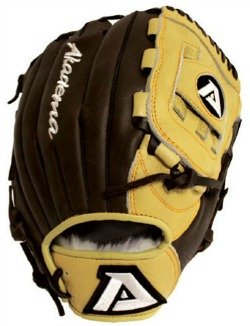
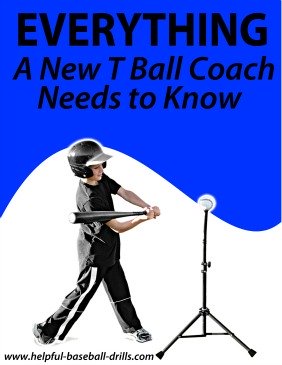
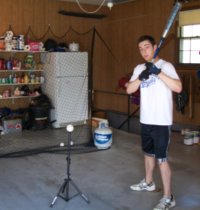

New! Comments
Have your say about what you just read! Leave me a comment in the box below.